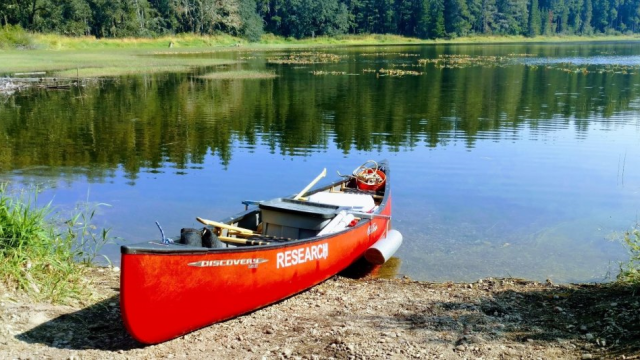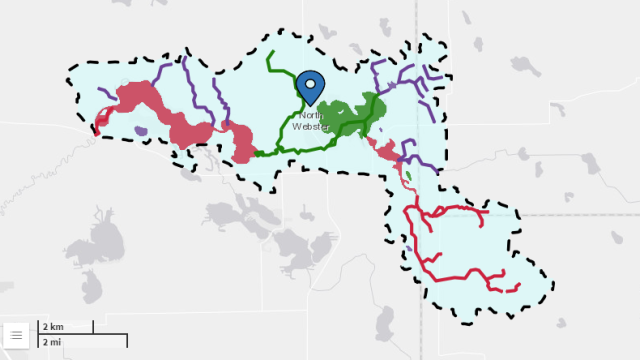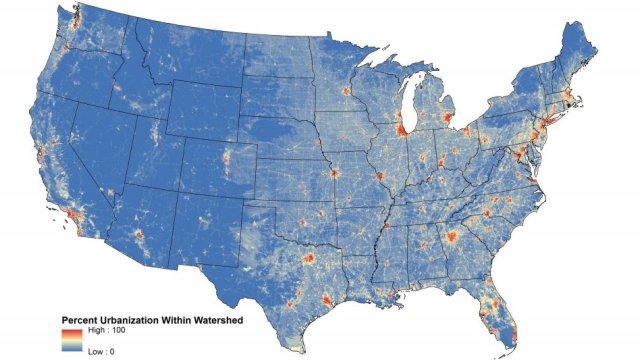Ambient Water Monitoring and Assessment: Resources and Tools
Water quality data are used to characterize waters, identify trends over time, recognize emerging problems, determine effectiveness of water management programs, help direct remediation efforts where they are most needed and to respond to emergencies such as natural disasters. The Environmental Protection Agency works together with partners to collaborate on water quality monitoring activities.
-
Monitoring

Monitoring is crucial to knowledge of the health of a waterbody. Click here to learn more about various Monitoring Programs.
-
Assessment

Assessing monitoring data processes data into environmental decisions.
-
Data Management and Reporting

Data Management and Reporting provides the foundation for achieving water quality goals. Click below to explore tools to store, visualize and report out on environmental data.
